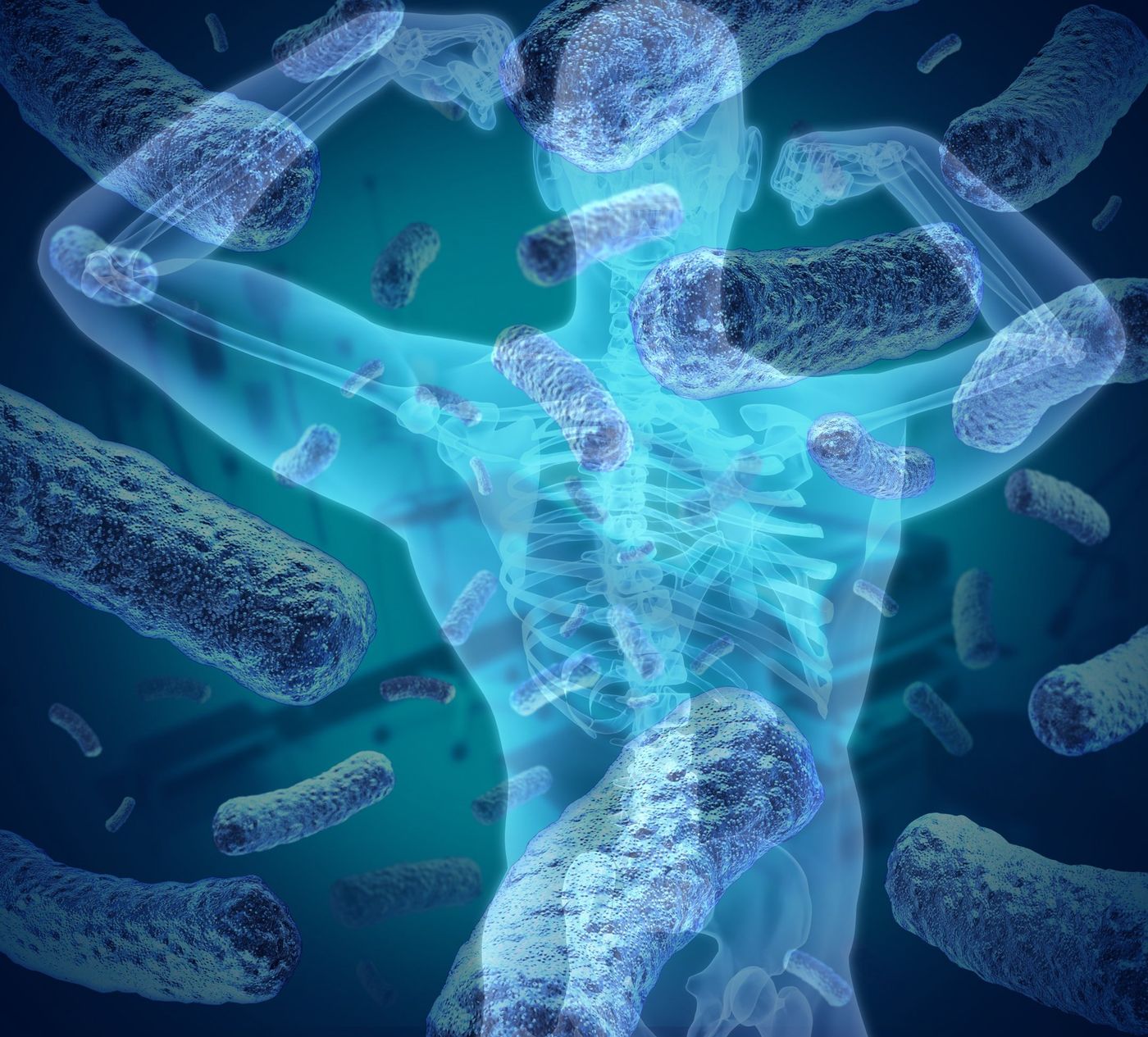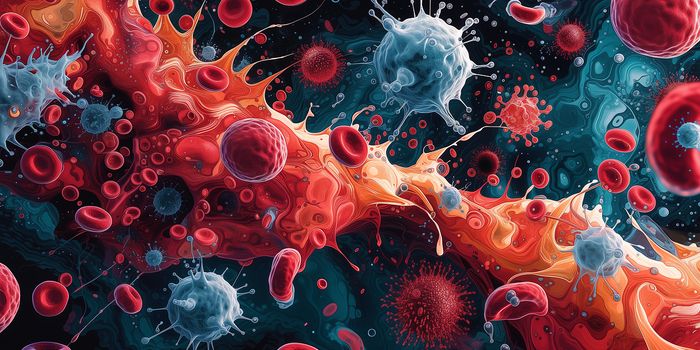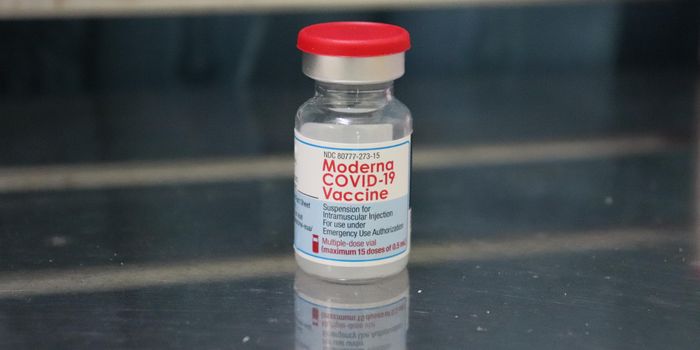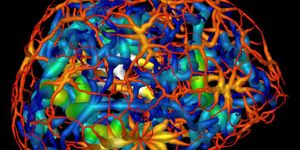Two body systems thought to be functionally separate have been found to be connected through gut bacteria. From Oregon State University, scientists identified a specific bacterium that brings the immune system and glucose metabolism together in a new field they are calling “immunometabolism.”
Scientists knew that an immune mediator, a chemical called interferon gamma (INF-y), influenced glucose metabolism. When a certain amount of INF-y is present, the mediator fights infection. Anything below this level though, and it can be used to improve glucose metabolism. What researchers didn’t know, however, was the involvement of gut bacteria.
"The involvement of microbes had not really been considered,” said Andrey Morgun, PhD. “But with the help of a statistical model and an approach we call a transkingdom network, we were able to pinpoint some likely bacterial candidates."
The star candidate in the recent Oregan State study was a gut bacterium called Akkermansia muciniphila, a mucus-degrading bacterium conserved through millions of years of evolution fulfilling essentially the same role in both mice and humans.
The bacterium seemed to be playing a vital role in communication between the immune system and glucose metabolism. In mice bred to have reduced levels of IFN-y, they also showed higher levels of A. muciniphila and improved glucose metabolism. The reverse occurred when researchers increased the level of IFN-y in the mice.
Scientists believe that similar trends exist in humans, as seen in athletes in extremely good shape who have high levels of A. muciniphila in their gut microbiome. The immune-glucose metabolism connection is prone to error-making, though. A dysfunctional interaction can lead to type 2 diabetes and other metabolic diseases. In the future, scientists plan on studying this interaction further, looking for potential probiotic treatment options for metabolic syndrome.
Research for the future will also focus on other bacteria playing similar roles as A. muciniphila. What other gut bacteria could be involved in immunometabolism?
The present study was published in the journal
Nature Communications.
Source:
Oregon State University









